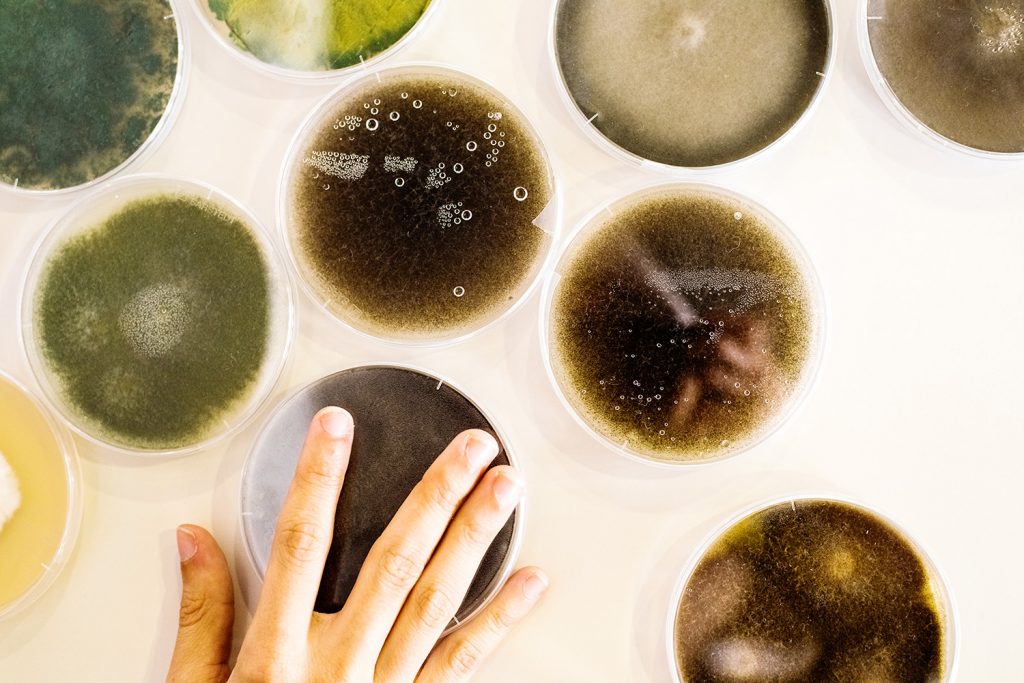IN OTHER LANGUAGES

Plants produce essential oils for a multitude of reasons, such as attracting pollinators, becoming unpalatable to certain animals, inhibiting the growth of other plants, and as a part of the defense system against infections. In this framework, essential oils are powerful antimicrobials, and their effectiveness against bacteria and fungi is scientifically proven.
Synthetic fungicides are largely effective but resistances may appear, especially in the treatment of internal fungal infections. Furthermore, chemical fungicides may affect the environment and be toxic for humans and animals. The use of chemicals with minimal or no toxicity is key, especially in the food chain, so essential oils present a safer alternative and are well accepted by producers and consumers, aligning with the current trend of a “greener” livestock production.
Essential oils are both fungicide (kill the fungus) at higher concentrations and fungistatic (inhibit the growth of the fungus without killing it) at lower concentrations. They have multiple sites of action in the fungal cell:
Certain fungi, such as Candida albicans, adhere to the host’s internal organs or to the external surfaces, form biofilms and become more resistant to treatment with chemical antifungals.
Essential oils have strong anti-adhesion and anti-biofilm activities at a concentration lower than the one required to inhibit fungal growth. They are effective both in the prevention of biofilm formation and in the destruction of mature biofilms. In some cases, essential oils have been proven more effective than azole antifungals, but their mechanism of action is little known.
Some essential oils have been proven to inhibit mycotoxin production, also at lower concentrations than those needed to inhibit mycelial growth. Currently, the antitoxigenic modes of action of essential oils are not well understood, however, it is hypothesized that they work mainly through two mechanisms:

Certain health statements may not be applicable in your region.